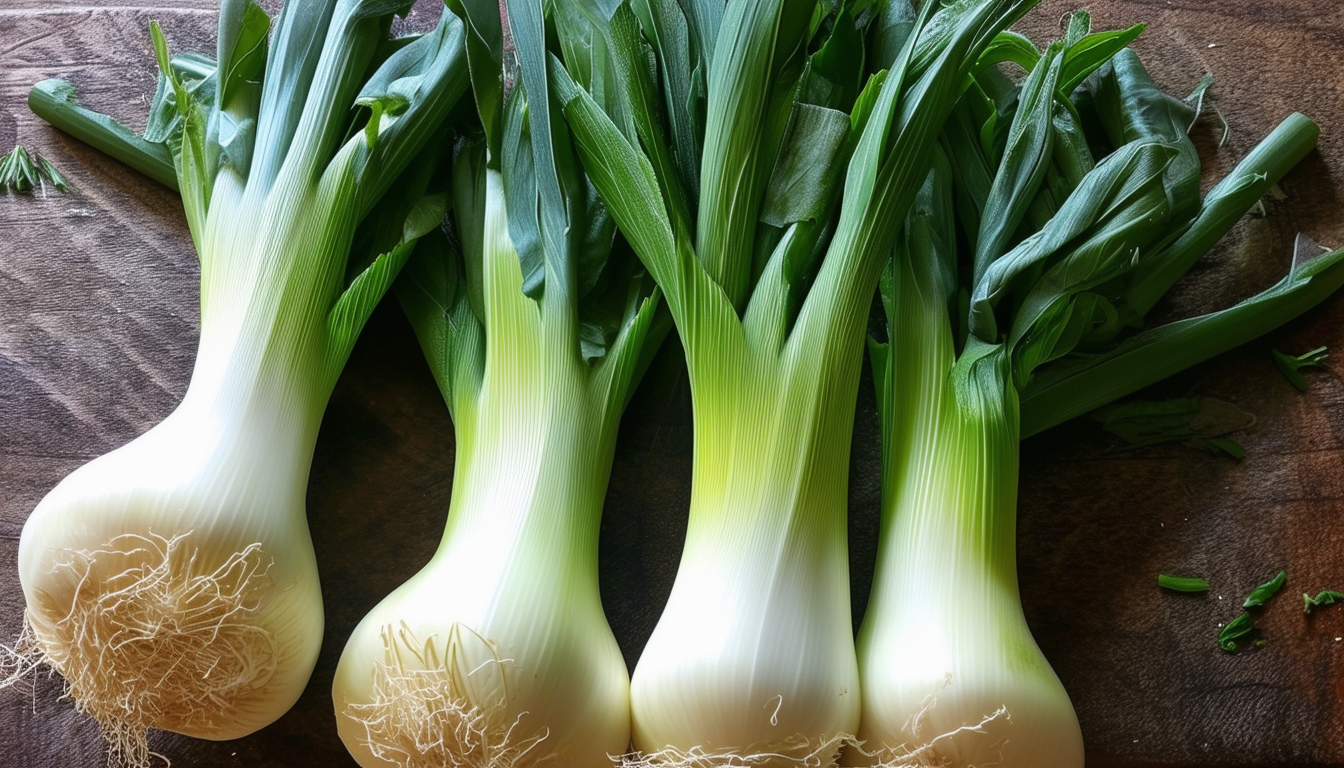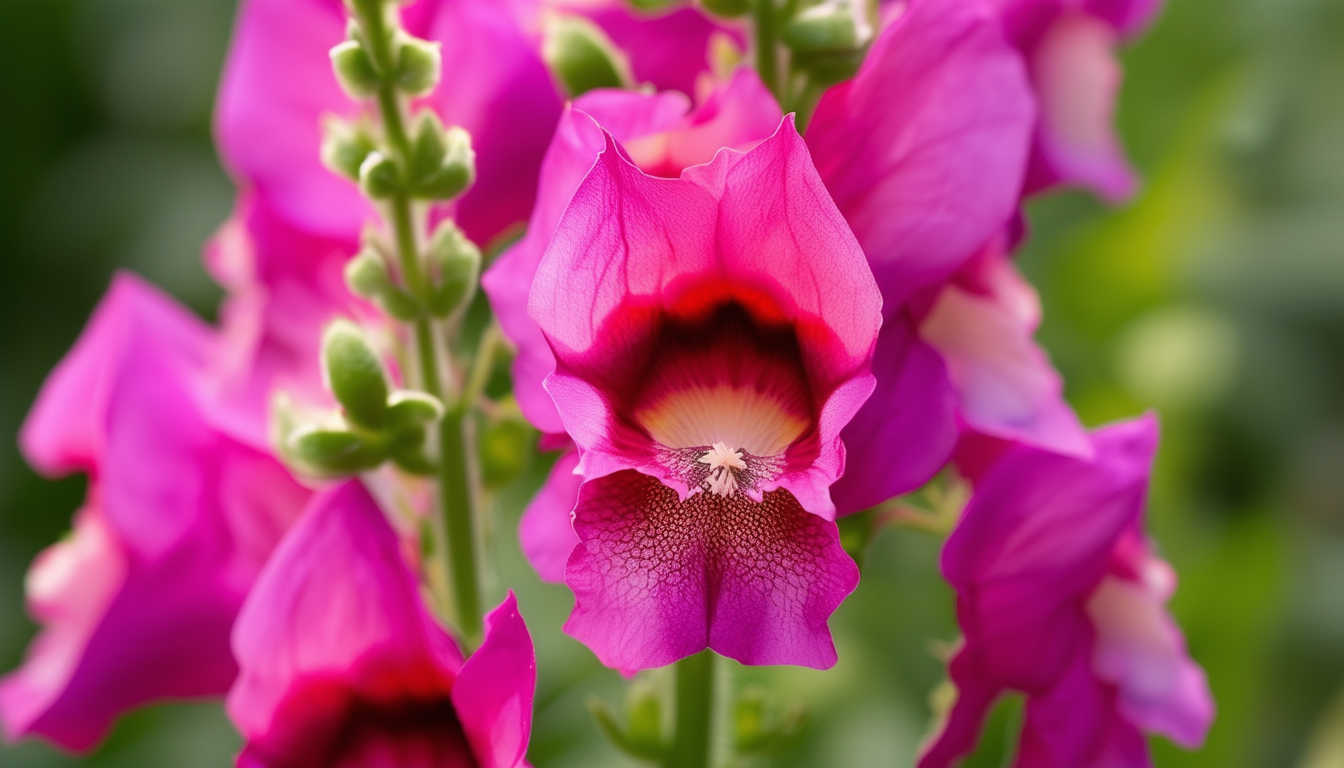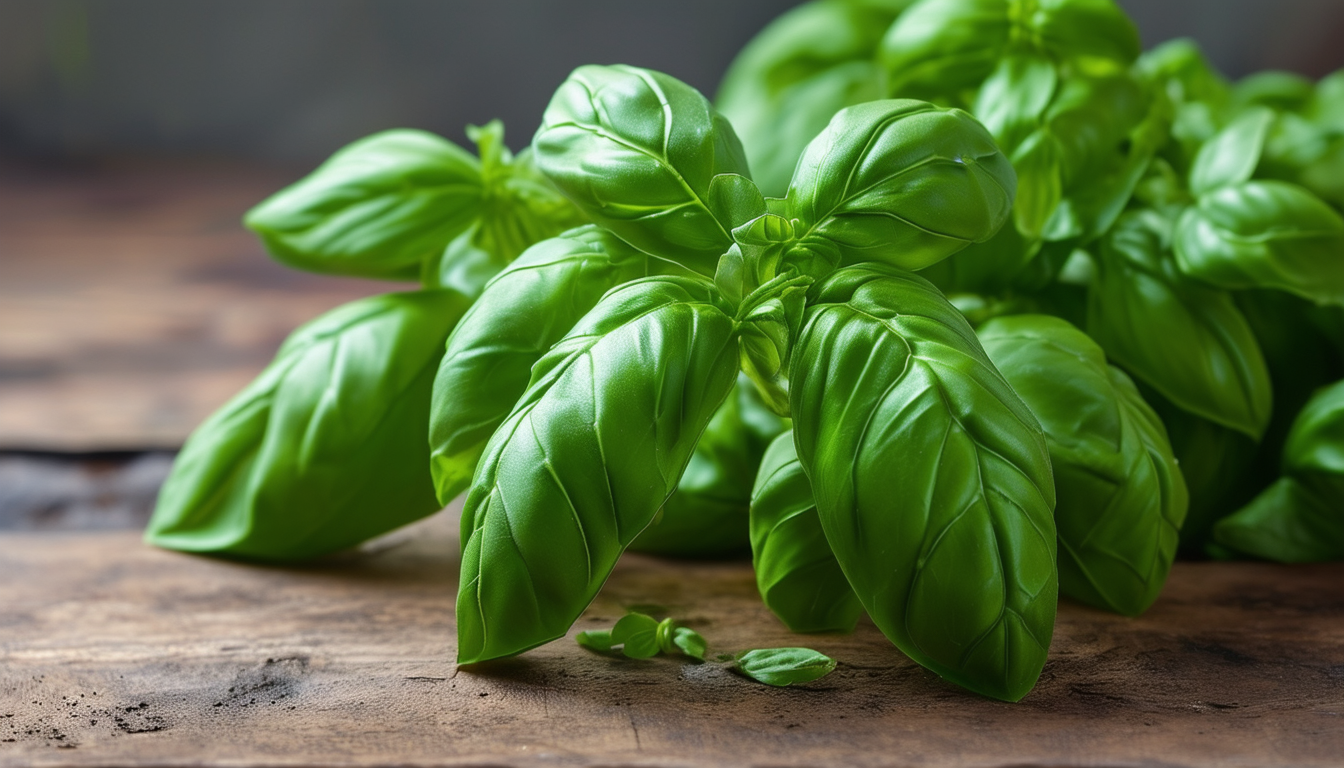
Unlock the secrets to growing robust broccoli right from the seed stage and ensure a bountiful harvest.
Intro - Understanding the Basics of Broccoli Seed Germination
Germinating broccoli seeds can be a rewarding endeavor, offering a glimpse into the fascinating process of plant growth and development. Broccoli, a member of the Brassica family, thrives in cool weather and is known for its nutritious florets. Understanding the basics of broccoli seed germination will set the stage for a successful growing experience.
Starting with high-quality seeds is crucial. These seeds need proper conditions to break their dormancy and sprout into healthy seedlings. By learning the steps to germinate broccoli seeds effectively, you can look forward to a bountiful broccoli harvest.
Choosing the Right Soil and Containers for Broccoli Seeds
Selecting the right soil and containers is a foundational step in germinating broccoli seeds. Broccoli seeds prefer a well-draining, nutrient-rich soil mix. A seed-starting mix or a combination of peat moss, vermiculite, and perlite works well.
Containers should have drainage holes to prevent waterlogging. Seed trays, small pots, or biodegradable pots are excellent choices. Ensuring proper soil and container selection will provide your seeds with the best possible start.
Optimal Conditions for Germinating Broccoli Seeds
Broccoli seeds require specific conditions to germinate successfully. The ideal temperature range for germination is between 60°F and 70°F (15°C to 21°C). Maintaining consistent moisture is also essential, but avoid overwatering as it can lead to rot.
Light plays a significant role once the seeds sprout. Place the containers in a well-lit area or use grow lights to ensure the seedlings receive adequate light for healthy growth.
5 Step Guide to Planting Broccoli Seeds
1. **Prepare the Soil and Containers**: Fill your chosen containers with seed-starting mix, leaving about half an inch from the top.
2. **Sow the Seeds**: Plant the broccoli seeds about 1/4 inch deep and cover them lightly with soil.
3. **Water Gently**: Moisten the soil with a spray bottle to avoid displacing the seeds.
4. **Maintain Optimal Conditions**: Place the containers in a warm, bright location, and keep the soil consistently moist.
5. **Monitor and Care**: Watch for seedlings to emerge in 7-14 days. Once they appear, provide them with light and monitor moisture levels.
Caring for Your Broccoli Seedlings
Proper care during the seedling stage is essential for strong, healthy broccoli plants. Thin out the seedlings if they are too crowded to ensure each one has enough space to grow.
Keep the soil moist but not soggy, and provide adequate light to prevent legginess. Fertilize with a balanced, water-soluble fertilizer once the seedlings have their first true leaves.
Height, Spread, & Harvest time
Broccoli plants typically reach a height of 18-30 inches and spread about 12-24 inches. The harvest time varies depending on the variety but generally occurs 50-85 days after transplanting.
The key to a successful harvest is to monitor the heads and harvest them when they are firm and compact, before the flowers start to open.
Best Fertiliser, Soil & Optimum Growing Conditions
Broccoli thrives in well-drained, fertile soil with a pH between 6.0 and 7.0. Incorporating compost or well-rotted manure improves soil fertility.
A balanced fertilizer with equal parts nitrogen, phosphorus, and potassium is ideal. Apply fertilizer when planting and again during the growing season to support robust growth.
Common issues, pests & diseases
Broccoli can face several challenges, including pests like aphids, cabbage worms, and flea beetles. Regular monitoring and organic pest control methods, such as neem oil or insecticidal soap, can help manage these pests.
Diseases like clubroot and downy mildew can affect broccoli. Crop rotation and proper spacing improve air circulation and reduce disease risk.
Best Varieties & Why
Several broccoli varieties are well-suited for home gardens. Popular choices include 'Calabrese,' known for its large heads and side shoots, 'Green Magic,' which is heat-tolerant, and 'Waltham 29,' a reliable heirloom variety.
Selecting a variety that matches your growing conditions will enhance your chances of a successful harvest.
Frequently Asked Questions
How do you begin growing broccoli from seeds? Start by selecting high-quality seeds, which are essential for healthy plants, and plant them in nutrient-rich soil that provides the necessary support for growth. Ensure the soil is well-draining to prevent waterlogging and promote healthy root development.
Is it necessary to soak broccoli seeds before planting? Soaking is optional, but it can be beneficial as it speeds up germination by softening the seed coat, allowing moisture to penetrate more easily and encouraging quicker sprouting.
When is the best time to sow broccoli in the US? The ideal time to sow broccoli is in early spring or late summer, depending on your climate zone. This timing ensures that the plants grow in cooler weather, which is optimal for broccoli development.
At what size should broccoli seedlings be transplanted? Transplant them when they have at least two true leaves and are about 3 inches tall. This size indicates that the seedlings are strong enough to handle the transition to a larger growing space.
Which month is ideal for planting broccoli? March and August are generally good months for planting broccoli, but this can vary by region. It's important to consider local climate conditions to ensure the best growth.
Are broccoli seeds difficult to sprout? They are relatively easy to sprout with the right conditions of warmth and moisture. Ensuring a consistent environment will help the seeds germinate successfully.
What could be causing my broccoli seedlings to stop growing? Possible reasons include insufficient light, poor soil nutrients, or overwatering. Addressing these issues by providing adequate light, enriching the soil, and managing water levels can help resume growth.
Is it possible to start broccoli in seed trays? Yes, starting them in seed trays indoors can give them a strong start by protecting them from harsh outdoor conditions and allowing for controlled growth.
Do broccoli seeds require darkness for germination? They do not require darkness; light can actually aid in germination by providing the energy needed for the seeds to sprout.
Can broccoli seeds be planted directly in the ground? Yes, direct sowing is possible, especially in warmer climates where the soil temperature is conducive to seed germination.
How can you sprout broccoli seeds in a jar? Rinse the seeds, place them in a jar, and keep them moist until they sprout. This method allows for easy monitoring of the sprouting process.
How many broccoli seeds should be planted per hole? Plant two to three seeds per hole to ensure successful germination, as this increases the likelihood of at least one seedling emerging.
How long should seeds be soaked before planting? Soak them for 8 to 12 hours to help with germination by softening the seed coat and allowing moisture to penetrate.
How can you grow broccoli from seeds in pots? Use a large pot with good drainage and fill it with rich, well-draining soil to provide the necessary nutrients and space for the plants to thrive.
Should broccoli be started indoors? Starting indoors can protect young plants from harsh weather and pests, giving them a better chance to establish strong roots before being transplanted outside.
Why are my broccoli seedlings growing so tall? They may be stretching for light, indicating they need more sunlight. Providing adequate light will help them grow sturdier and healthier.
What is the best fertilizer for broccoli? A balanced fertilizer with equal parts nitrogen, phosphorus, and potassium works well, supporting robust growth and development throughout the plant's life cycle.
Why isn't my sprouting broccoli growing? It could be due to inadequate light, poor soil, or incorrect watering. Ensuring the right conditions can help the plants resume healthy growth.
What are the stages of growing broccoli from seed? The stages include germination, seedling growth, vegetative growth, and head formation, each requiring specific care and conditions for successful development.
Do broccoli seedlings need to be hardened off? Yes, hardening off helps them adjust to outdoor conditions gradually, reducing transplant shock and promoting stronger growth.
How frequently should broccoli be watered? Water them consistently, keeping the soil moist but not waterlogged, to ensure the plants receive the necessary hydration without risking root rot.
How much broccoli can one plant produce? A single plant can yield one large head and several smaller side shoots, providing a generous harvest if cared for properly.
How long should broccoli seeds be soaked before planting? Soak them for 8 to 12 hours to enhance germination by softening the seed coat and allowing moisture to penetrate effectively.
What is the best time of day to water new seeds? Water them in the early morning to reduce evaporation and fungal growth, ensuring the seeds receive adequate moisture throughout the day.
Do viable seeds float or sink? Viable seeds typically sink when placed in water, indicating they are healthy and ready for planting.
Can seeds be overwatered? Yes, overwatering can lead to rot and poor germination, so it's important to manage water levels carefully.
How can you grow large heads of broccoli? Provide ample space, nutrients, and consistent watering for optimal growth, ensuring the plants have everything they need to develop large, healthy heads.
Should broccoli flowers be removed? Yes, removing flowers can encourage the plant to focus on producing heads, enhancing the overall yield.
How do you prepare soil for broccoli? Enrich the soil with compost and ensure it is well-draining and slightly acidic, creating an ideal environment for broccoli growth.



